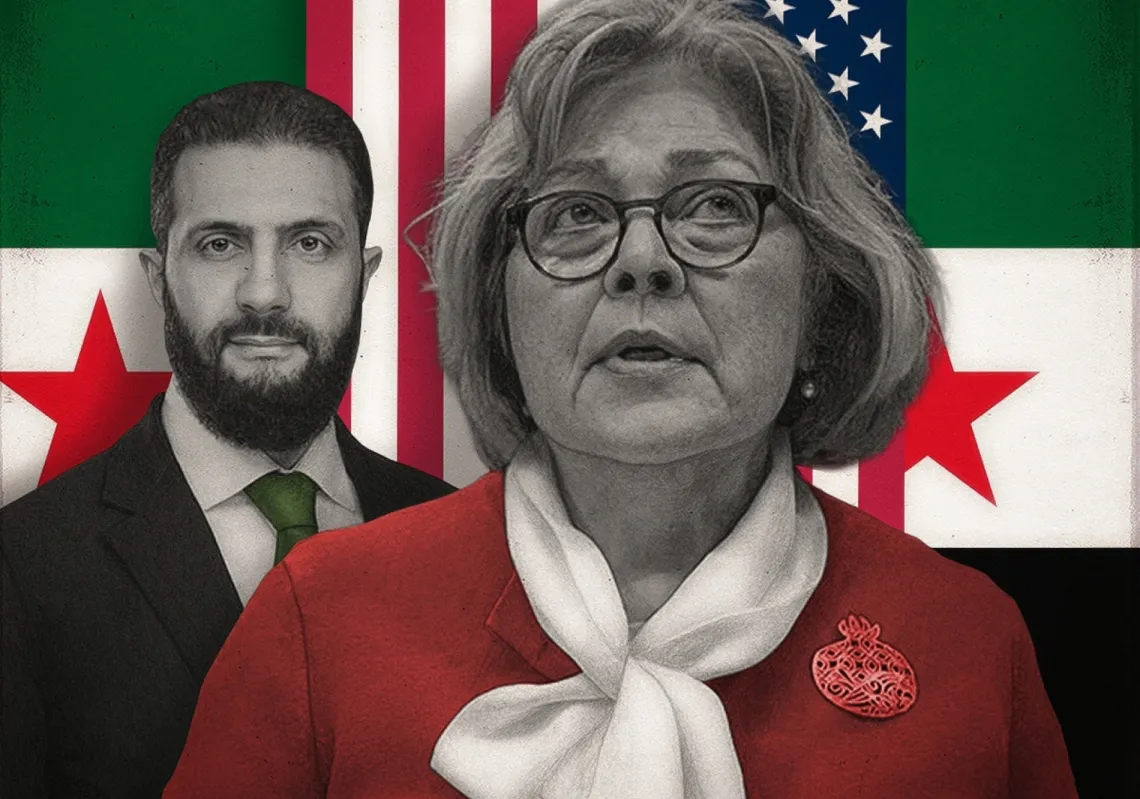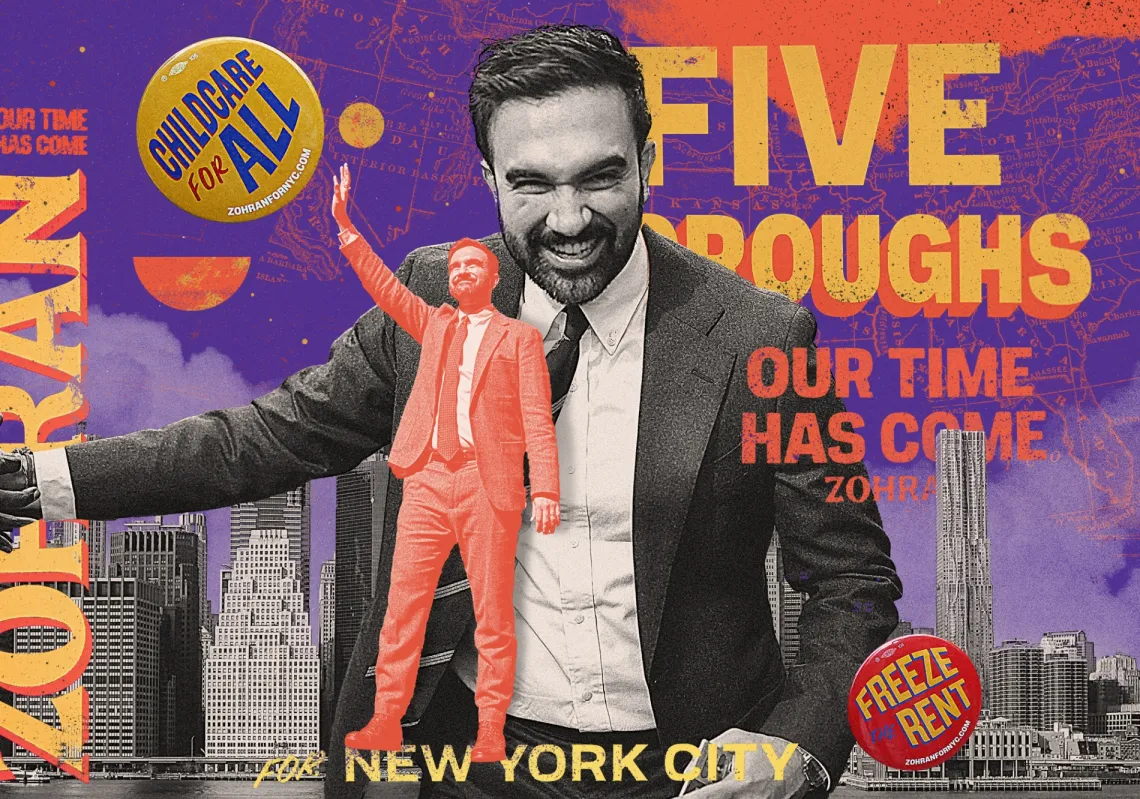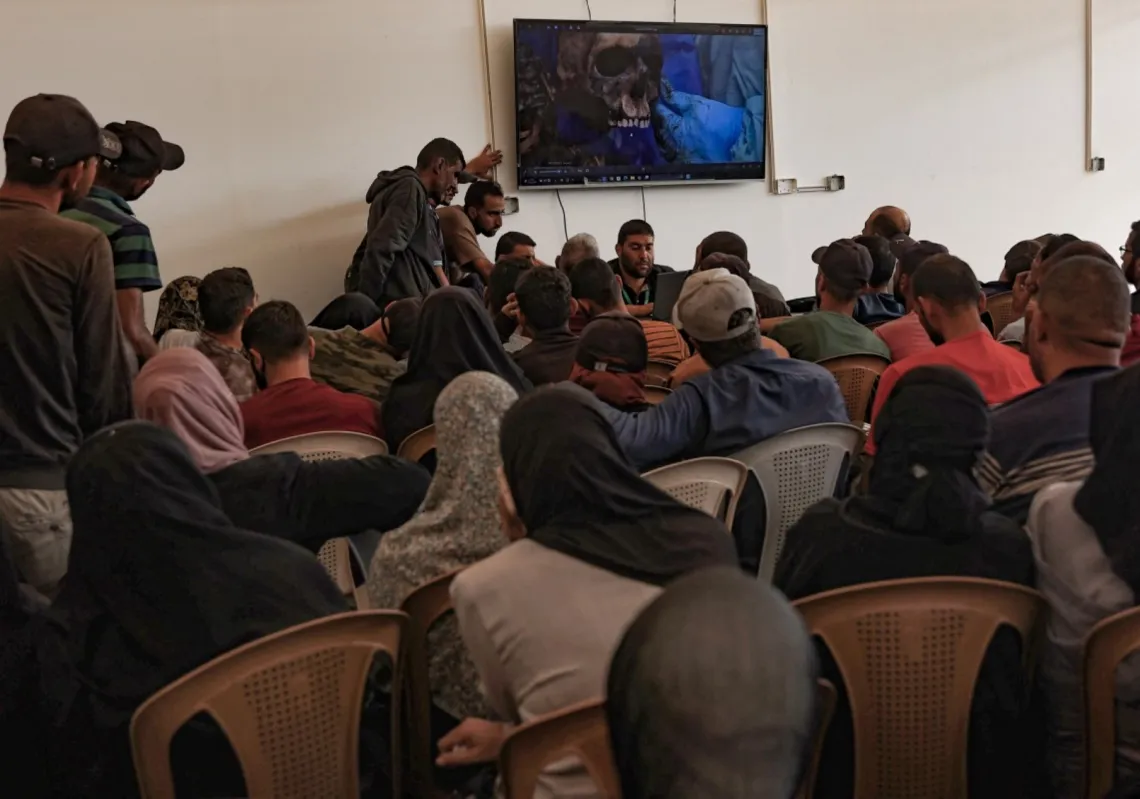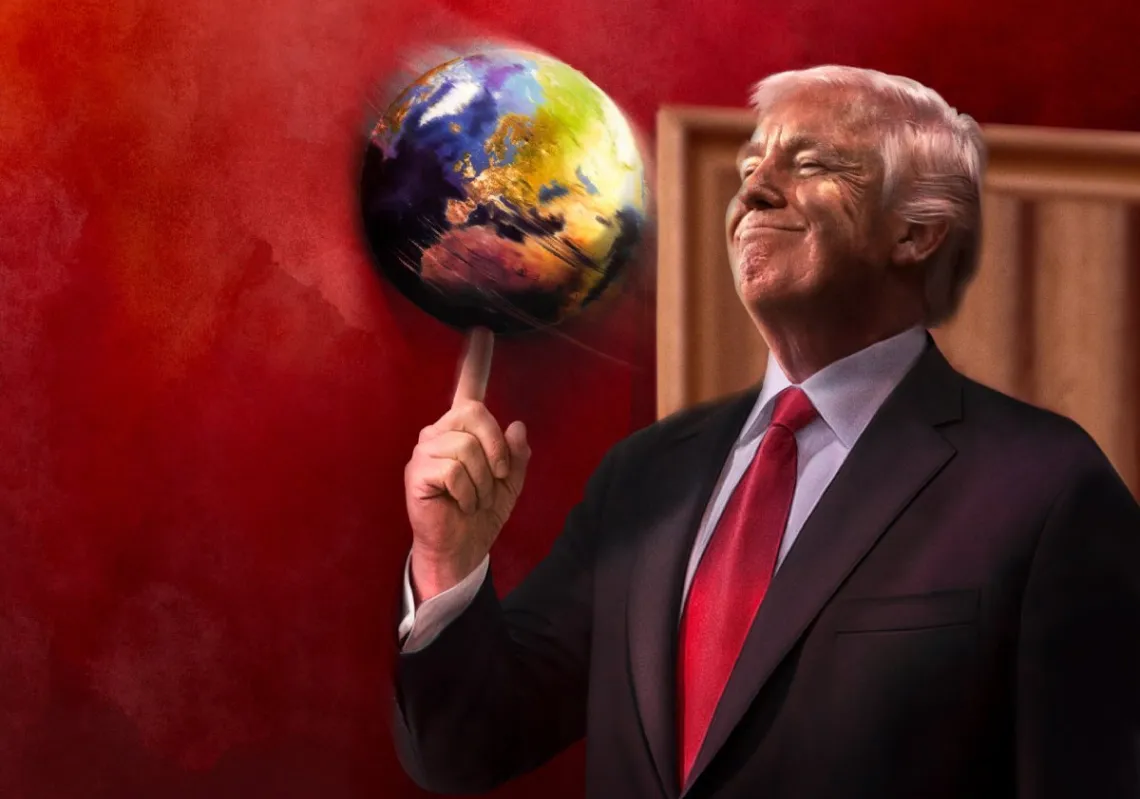The celebrated American writer Mark Twain once said that “the difference between the right word and the almost right word is like the difference between lightning and the lightning bug.” Multilateral institutions like the World Bank and the International Monetary Fund and most governments around the world have a lightning bug problem. They see the world through an “almost right” framework, but miss the “lightning.”
The problem lies with geography. Most governments and international institutions rely on a political geography view of the world. Political geographies lock minds into thinking of countries within the same “region” or sharing similar languages, histories, or cultures as part of a coherent bloc. Whereas the more important indicator might be the commercial geography of a country: where and from whence does its trade and investment flow? Commercial geographies of countries are often far different than political geographies, and better predictive tools for the future of a country.
To offer an example, the future of Saudi Arabia’s economic growth lies not with Egypt or Lebanon or Gaza, though those three occupy much time in the Arab media. It lies with China and India, where the biggest future growth in oil consumption resides. It was likely no accident that the Saudi King Abdullah bin Abdulaziz chose China and India as the sites for his first two state visits after ascending the throne five years ago.
The World Bank divides the world into the following regions: Africa (sub-Saharan), East Asia and the Pacific, Europe and Central Asia, Latin America and the Caribbean, Middle East and North Africa, and South Asia. The State Department uses largely similar classifications. Visit any foreign ministry around the world and you will see roughly the same classifications, though in China and India, they tend to refer to the Middle East as “West Asia.” But they lump virtually the same countries in the category.
What’s wrong with these regional divisions? They lock minds into a political geography map of the world, and fail to capture the more important commercial geography map of the world. The commercial geography map of the world is arguably even more important because it follows the money: trade and capital flows across regions that drive global growth and accrue wealth within countries.
The Middle East/North Africa region provides a good example of missing the larger story. This region, known as MENA within World Bank circles, includes countries from Morocco on the Mediterranean to Oman on the Arabian Sea. While Omani and Moroccan representatives sit in the same hall at World Bank-IMF meetings and their membership in the Arab League reflects their political geography links, they have virtually little or no commercial geography links. Morocco’s commercial geography is European, Oman’s is Asian.
This is indeed true of most Gulf Cooperation Council (GCC) states. They are rich because of Asia, Europe, and to some extent, the United States – all of whom are the major purchasers of their major commodity, oil. The GCC states are a part of MENA, but their wealth owes little to MENA. Even their imported labor is largely Asian, not Middle Eastern.
In fact, intra-regional trade within MENA—while rising—still accounts for only about one-fifth of the region’s total trade. That means 80 percent of MENA’s trade is driven from outside its borders.
Increasingly, that trade is headed toward Asia. It’s a shorter flight from Dubai to Mumbai, than Dubai to Cairo. Container ships that land in GCC ports are more often headed for Asia than other Middle East ports. And China has become the largest trade partner with the MENA region, surpassing the United States. A major slowdown in Chinese growth would hurt oil exporters around the world, and deter the kind of expensive future investments that are being made with the Asian growth story in mind.
Why does this commercial geography matter? It matters because it offers a better predictive model for the future of the region and individual countries. As Europe ages, it will require more youthful labor. This provides an opportunity for more North African Middle East migration to Western Europe – if the political climate allows. Similarly, as the Eurozone economic recovery slows, so too will trade, remittances, and tourism receipts that link Europe with North Africa. This, too, will add to the illegal migration pressure of North Africans turning up on European shores.
To gage the future of the oil and gas-rich states of the region, one must look at the future of demand growth in the world: India and China. The oil and gas-rich states should have breathed a collective sigh of relief at the latest numbers from the World Bank and the International Monetary Fund. China and India will see robust growth through the next two years. Indeed, the US Energy Information Administration notes that China and India are expected to be the fastest growing economies through the year 2030.
As for Mexico and Central American and Caribbean states, a slowdown in America means a slowdown in their own economies. Thus, they might sit in the Latin America-Caribbean meetings at the World Bank, but they ought to be much more interested in sitting in on meetings at the US Federal Reserve. Those meetings more consequential to their future.
Given this differing commercial geography, we might come up with better classifications, such as MENAsia, or Euro-Med-Africa. When we begin to view the world in terms of its commercial geography, we begin to also see security and diplomatic ramifications that are not always evident in a political geography worldview. Thus, transnational terrorist groups in Pakistan or Afghanistan are more likely to see the Gulf states as regional hubs or points of target. After all, a dhow from Karachi can easily amble into the port of Dubai.
On a larger geo-political level, China’s increasing reliance on Persian Gulf oil supplies ensure that it would likely take a hard-line on any attempt by Iran to close the Straits of Hormuz in the event of a confrontation with the United States. While the US Navy remains the ultimate Gulf policeman, China will have little patience for any state or non-state actor that threatens the oil supplies that fuels its growth.
What about Africa? China is increasingly playing a larger role in the future of African growth. Its purchases of African commodities and massive investments in African infrastructure (to get those commodities to the Chinese market more easily) represents the single biggest external factor in what is increasingly seen as an African growth story. All major development institutions ought to have a “ChAfrica” office (not just a task force or individuals who write the occasional paper on the topic). China is increasingly writing the future of Africa, for good or ill.
Bureaucracies are stubborn. They don’t like change. They tend to operate within political geographies, but unless they begin to think more broadly in terms of commercial geography, they will continue to get the world only “almost right.”
Afshin Molavi - Senior fellow at The New America Foundation, a non-partisan think tank, whose work has been published in dozens of publications from Foreign Affairs to the New York Times to the Financial Times.








